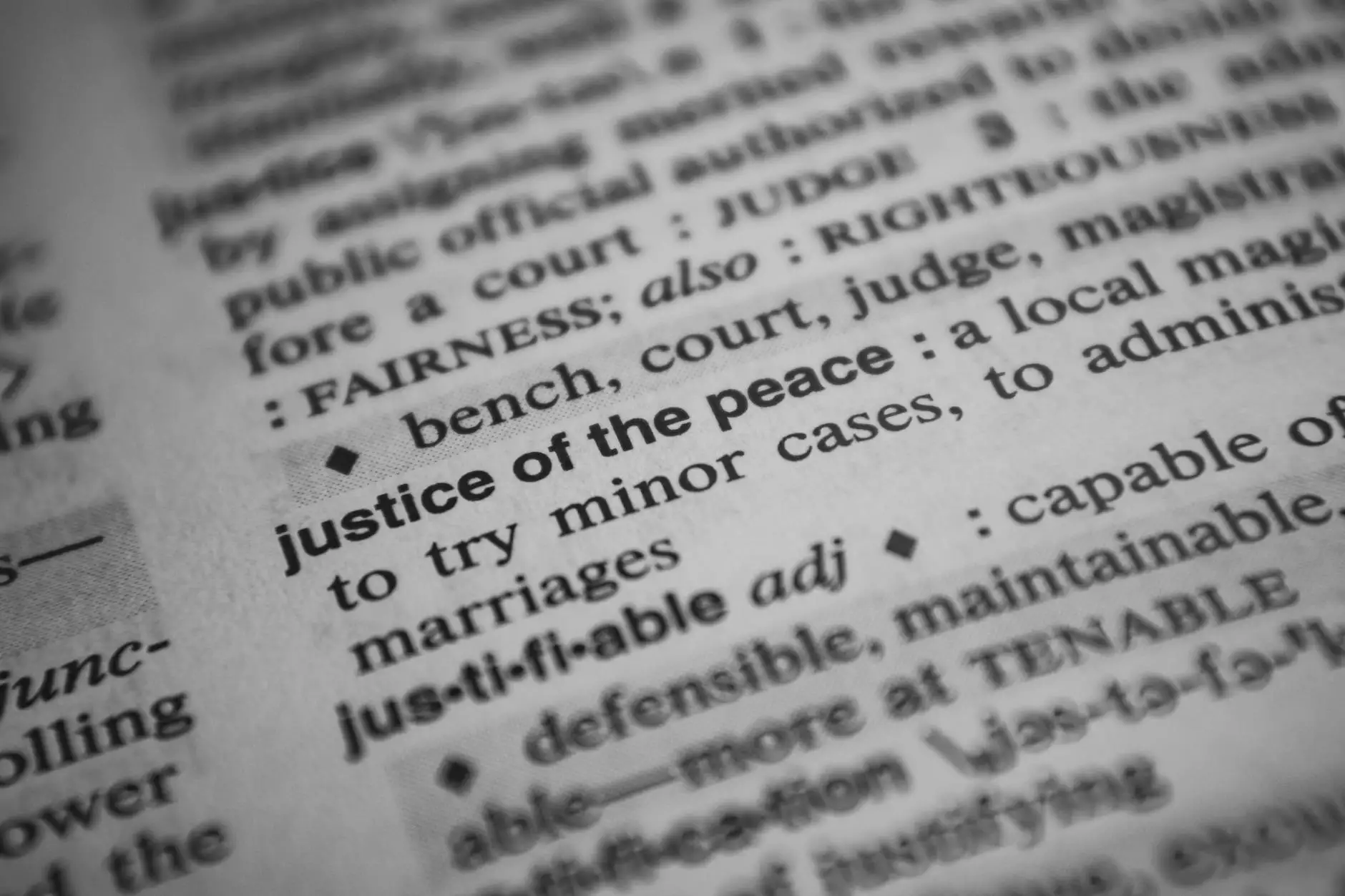Countable and Uncountable Nouns – Part 3
English Grammar Lessons
The Fascinating World of Countable and Uncountable Nouns
Welcome to NJCLT's comprehensive lesson on countable and uncountable nouns! In this article, we will dive deep into the fascinating world of nouns that can be both countable and non-countable. By the end of this lesson, you will have a solid understanding of how these unique nouns function and how to use them properly in your English writing and speaking.
Understanding Countable Nouns
Countable nouns are those that can be enumerated or counted. They have singular and plural forms, and we can use numbers to quantify them. Examples of countable nouns include "books," "dogs," "apples," and "students." These nouns can be easily quantified, and their plural forms indicate more than one of the same entity.
However, there are certain nouns that blur the line between countable and uncountable. These are the nouns we will explore in this lesson.
Introducing Nouns that are Both Countable and Non-countable
In the English language, there are some nouns that can be classified as both countable and non-countable depending on their usage and context. This duality can be challenging to comprehend at first, but with practice, you'll become proficient in distinguishing when to treat these nouns as countable or non-countable.
One such example is "water." In general, we consider "water" as a non-countable noun because it is not typically counted. However, in specific situations, we can use countable expressions to define a specific volume or container of water. For example, if you say "two glasses of water," you are treating water as a countable noun.
Another fascinating example is "money." Money is often regarded as a non-countable noun because we don't typically enumerate it. However, in certain contexts, we can refer to specific amounts or types of money, making it countable. For instance, if you say "five dollars," you are treating money as a countable noun in that context.
Identifying Countable and Uncountable Nouns in Context
When encountering nouns that can be both countable and uncountable, it's essential to analyze the context to understand their usage. Sometimes, the same noun can possess both countable and non-countable forms, each carrying a different meaning.
"Time" is a perfect example of a noun with dual nature. As a non-countable noun, it reflects the abstract concept of the progress of events. However, as a countable noun, it can refer to a specific instance or occasion. For instance, we can say "Did you have a good time at the party?" where "time" is used as a countable noun.
Mastering the Usage of Countable and Uncountable Nouns
To become proficient in using countable and uncountable nouns, it's crucial to expose yourself to various examples and practice extensively. Read widely, pay attention to context, and continually refine your comprehension of these unique nouns.
Key Tips for Correct Usage:
- Pay attention to articles (a/an, the) accompanying the noun. Countable nouns typically require an article, while non-countable nouns may not.
- Consider the presence of quantifiers such as "many" and "much." Countable nouns can be modified by these quantifiers, while non-countable nouns require alternatives like "a lot of," "some," or "little."
- Analyze the context and determine whether the noun signifies a particular instance (countable) or a general concept (non-countable).
Conclusion
Congratulations on completing this comprehensive lesson on countable and uncountable nouns! You have gained valuable insights into nouns that can be both countable and non-countable, like "water" and "money." Remember to pay attention to context and practice extensively to master their usage in your English communication. With time and dedication, you will become confident in navigating the intricate world of countable and uncountable nouns.
Thank you for choosing NJCLT for your English learning journey. Stay tuned for more enlightening lessons and resources!










